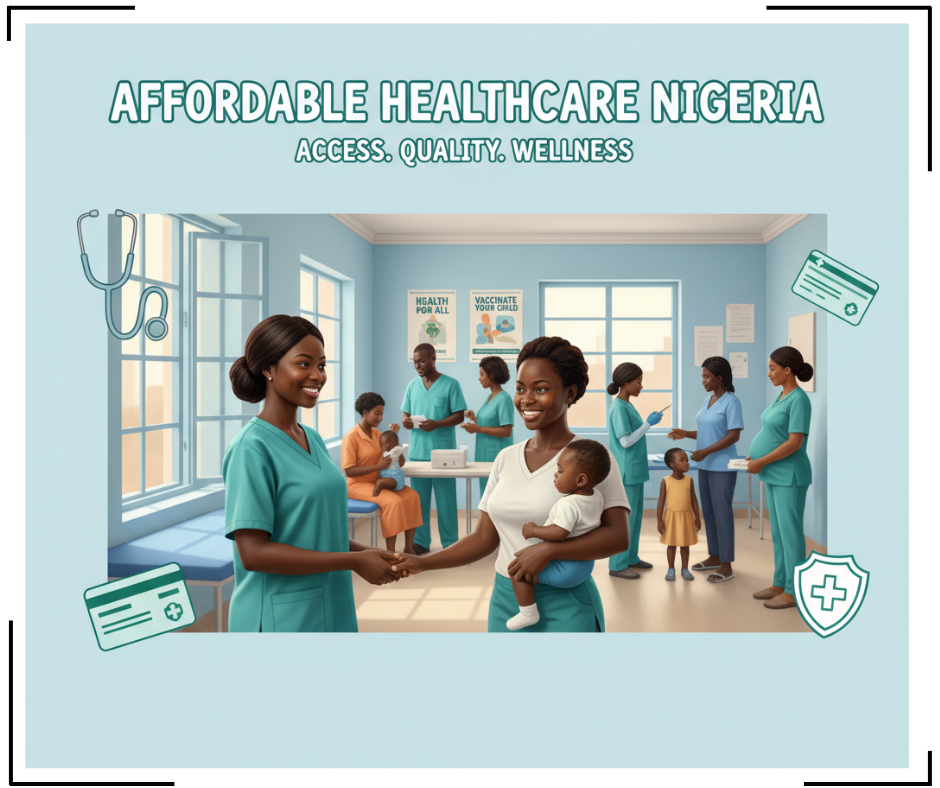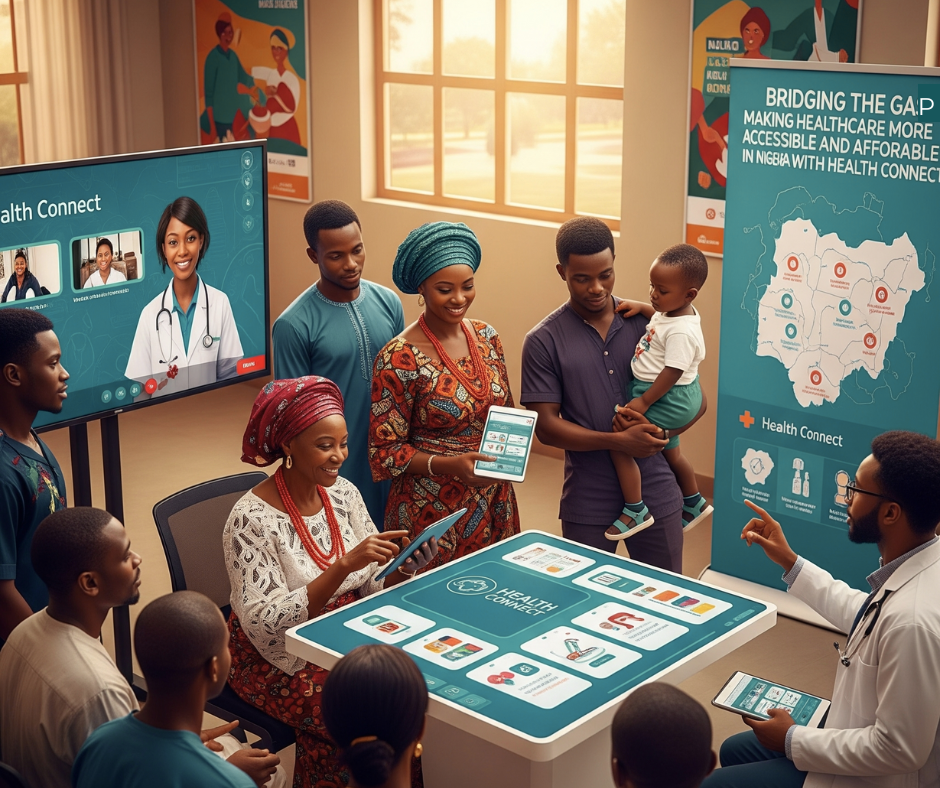Barriers to Affordable Healthcare in Nigeria and the Solutions Being Put in Place
- araymond
- Oct 3
- 3 min read

Healthcare access in Nigeria has long been a challenge. Many Nigerians face financial, geographical, and systemic obstacles that make quality care difficult to reach. But the story doesn’t end there. Governments, private organizations, and community-driven initiatives are working to bridge these gaps and make affordable healthcare in Nigeria a reality.
1. The Cost of Care
The barrier: Healthcare remains expensive for most Nigerians, with out-of-pocket payments being the norm. Many families delay seeking care until conditions become severe.
Solutions in motion:
Health Insurance Expansion: Affordable HMO plans and the push for community-based health insurance schemes are helping Nigerians spread costs and avoid financial shocks.
HXC Field: Through daily contribution models, HXC Field empowers local earners to take charge of their health by contributing small amounts that translate into real access when care is needed.
Government subsidies: Ongoing policies aim to expand free maternal, child, and immunization services.
2. Infrastructure Gaps in Affordable Healthcare in Nigeria
The barrier: Broken equipment, lack of electricity, and underfunded clinics make even basic healthcare difficult in many communities.
Solutions in motion:
PHC Revitalization: The Federal Government, through the NPHCDA, is upgrading Primary Health Care facilities across all states, providing water, electricity, and essential equipment.
Public-private partnerships: Collaborations are bringing in private investment to improve hospitals and labs.
Mobile health services: Programs like HXC Field bring screenings and doctors directly to workplaces and communities, ensuring that infrastructure gaps don’t leave people without care.
3. Shortage of Healthcare Workers
The barrier: With the ongoing brain drain, many communities especially rural ones are left without qualified medical staff.
Solutions in motion:
Incentives for professionals: Some states are introducing better pay and housing to attract doctors to rural areas.
Task shifting: Training community health workers to handle preventive and basic care needs.
HXC Field outreach: By mobilizing doctors and partnering with local professionals, HXC Field is taking healthcare closer to hardworking populations.
4. Long Distances to Facilities
The barrier: Many Nigerians must travel long distances to see a doctor, which is especially dangerous in emergencies.
Solutions in motion:
Closer-to-home care: The PHC revitalization program is focused on ensuring that every ward has a functional health center.
Community-based programs: Mobile clinics and outreach programs are bridging the gap while permanent facilities are being built.
HXC Field model: By setting up health screening and consultation hubs directly in community clusters and workplaces, access is literally brought to people’s doorsteps.
5. Low Awareness and Health Education
The barrier: Lack of awareness, cultural beliefs, and misinformation discourage people from seeking care or using available insurance options.
Solutions in motion:
Health campaigns: The Nigeria Centre for Disease Control (NCDC) runs ongoing awareness programs on infectious diseases and outbreak preparedness, ensuring that communities receive timely, trusted information.
Global partnerships: Organizations like WHO Nigeria support maternal and child health campaigns, immunization drives, and health education initiatives across the country.
Grassroots trust building: HXC Field emphasizes meeting people where they are bringing doctors and screenings into local communities to rebuild confidence in healthcare and show that prevention is just as important as treatment.
Looking Ahead: Affordable Healthcare in Nigeria is Possible
Nigeria’s healthcare challenges are significant, but the combination of government revitalization efforts, private partnerships, and grassroots programs like HXC Field is changing the narrative.
If sustained, these solutions could mean:
Families accessing care closer to home.
Reduced strain on tertiary hospitals.
Improved maternal and child health outcomes.
Affordable healthcare options for daily earners and rural dwellers.
The barriers are real, but so are the solutions and with consistent effort, access to healthcare in Nigeria can truly improve.
Key Takeaways
Cost is the biggest barrier, but HMOs, community insurance, and daily contribution models (like HXC Field) are easing the burden.
Infrastructure gaps are being tackled through PHC revitalization and mobile health programs.
Brain drain remains an issue, but incentives, training, and outreach are filling gaps.
Distance to facilities is being solved with mobile clinics, community health workers, and grassroots programs.
Health education is crucial and efforts are underway to rebuild trust and improve awareness.




Comments